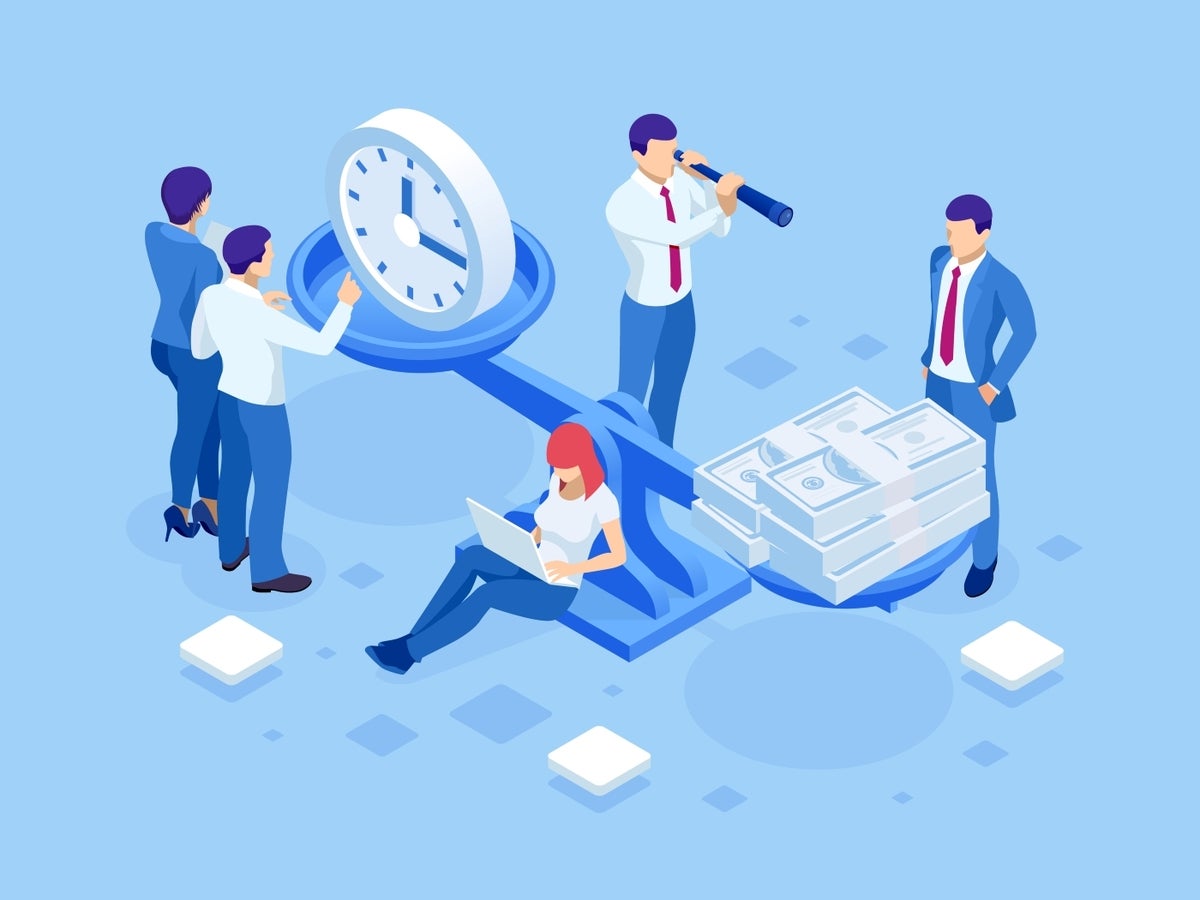
As the global economy teeters somewhere between stagnation and recession, many companies are placing a renewed focus on cost management. Tech leaders, who hold significant portfolios of assets and operating expenses, have likely been tapped to explore savings opportunities.
One area that savvy tech leaders should be considering for meaningful cost savings that minimize the impact on users is software licensing. Software is a significant cost element of most IT shops. With the rise of subscription and cloud-based services, it’s easier than ever for departments and even individuals to procure their own licenses to various tools.
A combination of three approaches can help turn the tech equivalent of “lost change” into meaningful savings, possibly in the millions.
Consolidate software licenses
The first approach involves consolidating multiple license agreements for the same software tools to get your vendor’s preferential pricing. You’ll likely find that a half-dozen people in a given department have a recurring subscription to the same tool, and consolidating all those small agreements can get you an ongoing volume discount.
Most cloud software providers reduce per-user license costs as user counts go up or are open to negotiating volume pricing once you have a handle on the overall usage from your organization as a whole versus individual pockets of users. Enterprise pricing is usually not directly published and will require some negotiations, but savings can be significant, on the order of 10–50% from individual licensing.
SEE: Choosing the Right CRM for Your Business (TechRepublic)
There are two relatively straightforward routes to ascertain who is using a particular application. The first is some variation of an end-user survey, which will generally require some thoughtful design, follow-up and appeal to collaboration to help the company save money.
The second option is a technical solution. If you identify an application being used in multiple pockets of the organization, you can identify its communications patterns and map which end-user devices are accessing those services. Ideally, you’ll use these two approaches in conjunction, mainly to avoid any misinformed notions that IT is spying on application usage in order to curtail it.
Standardize on software tools
The second major potential area for savings is consolidating on a set of standardized tools. For example, if you have several project management tools, you lose the benefit of collective knowledge and training and lose the opportunity for license consolidation.
This exercise should be approached delicately since some tools may have been selected after a careful analysis or due to a perception that it offers features and functions that are critical for that business. Approach the process with this in mind, and share that you’re looking to create value for users and the larger company versus restricting individuals’ access to their preferred tool.
You can also enlist your vendors in this process. Ask them to share migration tools and pathways, training, and marketing materials that show the benefit of the tool on which you’re standardizing.
Deactivate unused software licenses
Perhaps the most obvious source of software license savings is deactivating unused licenses. While a seemingly straightforward activity, it’s worth not only looking for unused licenses but refining your process for managing licenses to avoid needing to do a discrete license audit periodically.
Like tool standardization, use frequent and transparent communication to avoid the impression that IT is trying to take away tools. Sharing the potential savings and how they’ll be used to benefit the company, offering alternatives, including lower-cost tools, limited-time or floating licenses and otherwise presenting the effort as good corporate citizenship rather than punitive action, will help you in identifying and deactivating licenses.
You may also find that vendors are willing to provide either cost savings or alternative licensing approaches rather than losing users, so be open to proposals and suggestions from your vendors.
If you haven’t searched for savings in software licensing in quite some time, the first effort will take some time and focus. Periodically performing mini audits and taking a portfolio approach to your software licensing can maintain and potentially increase your license savings and make future efforts less complex and time-consuming.
